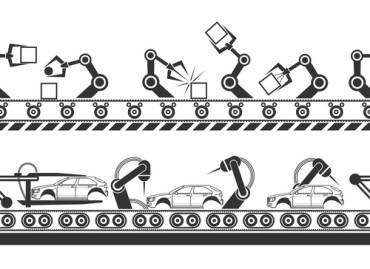
A lot of digital innovation never gets out of R&D.
To survive in a digital landscape, companies must constantly innovate. But many digital innovations fail simply because they can’t be put into a company’s existing IT operations — a classic round peg, square hole problem.
But what if companies thought of operations first?
Transcript:
Adrian: Hi, I’m Adrian Bowles with RTInsights and Storm Insights. We conduct ongoing research into the opportunities, and challenges presented by new technologies, and the day-to-ay issues facing CIOs as they attempt to get the most out of their technology investments. In this series, e ask executives of emerging and innovative technology firms how they address specific issues that today’s CIOs struggle with everyday.
Today’s guest is the CEO and co-founder of Rocana. Today’s CIO must at least enable digital business transformation opportunities. In some cases, they may be expected to identify the opportunities. In a lot of places that means integrating new technologies and processes to support them. From cloud computing to IoT sensors, to analytics, or streaming customer data, all while keeping costs fixed or close to fixed. How do you help CIOs facing these challenges?
Omer: When we started work on Rocana it was really inspired by how we saw companies adopt next-generation technologies and really take leadership in this digital landscape that’s been emerging, this digital economy. We saw time and again that the underlying bottleneck was not the innovation. People could find a little bit of budget, squeeze in some R&D or sort of the classic twenty percent time to actually come up with new ideas and new solutions to innovate on sort of the new digital experience. It was on the operations side that actually that hit a wall. Those things never got into production because ops teams didn’t know how to incorporate it. The ops workload, the operations process, was just way too heavy. The inspiration for Rocana was really realizing that we needed to overhaul the operations process. If ops thinks about every single innovation as a one-off … they have to deploy it, and then monitor is separately, and then figure out where the issues might be, and then build all their dashboards for it, right?
That’s a very heavy process that slows down innovation. With Rocana, the approach is well, you want to monitor everything. You probably want to start monitoring it while it’s in R&D. You want to start collecting data about the innovation as it’s emerging, as it’s happening, and give the developers access to that information. Give the ops team access to the behavior of the systems; the underlying processes that are emerging. Then that rolls into operations just like you would scale up or scale back any kind of upgrade or any kind of service. By tackling operations first, you’re actually reducing the overall cost, the overall spend of monitoring on operations, and you’re increasing the team’s ability to innovate much more quickly and put that into production much more quickly.
Adrian: Thanks Omer, and thank you for watching. For more information on Rocana, please visit their website at Rocana.com. To see more videos in this series, please visit RTInsights.com.





























